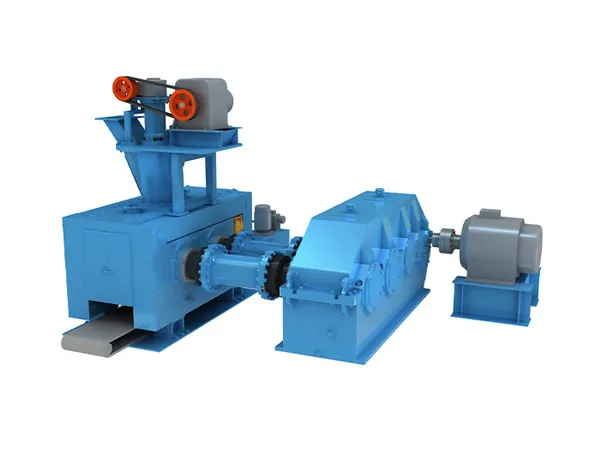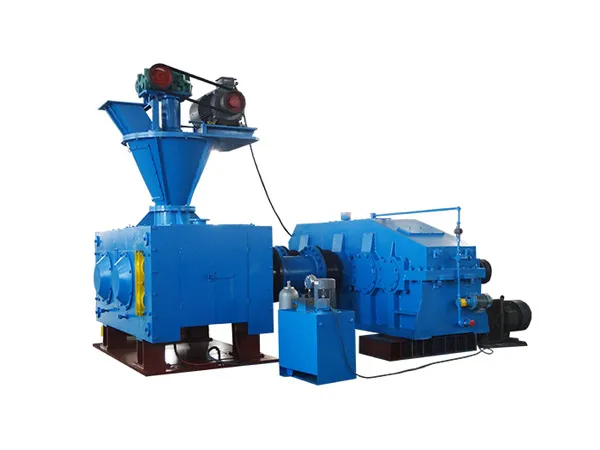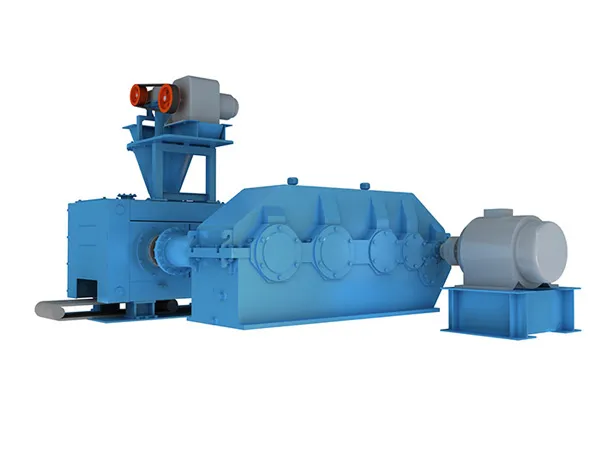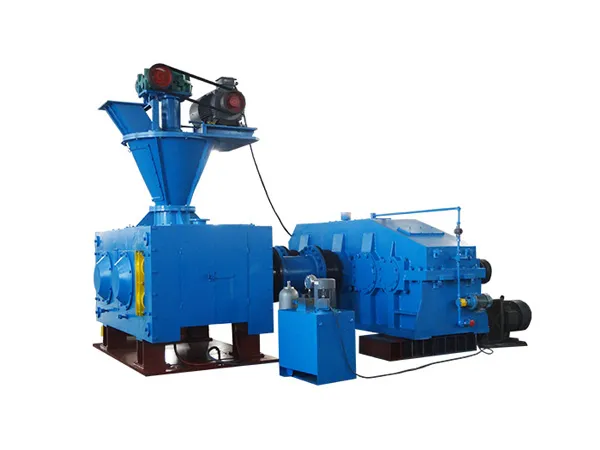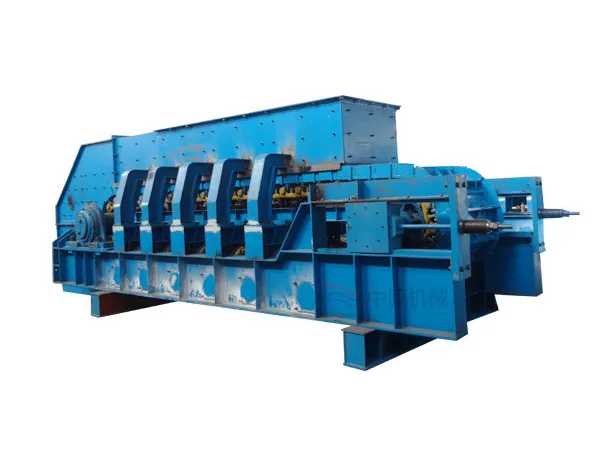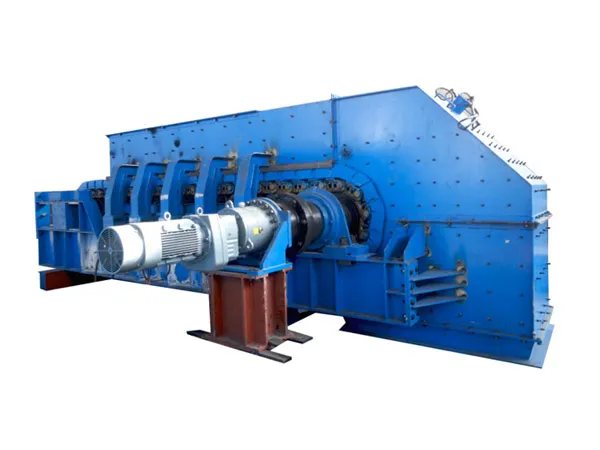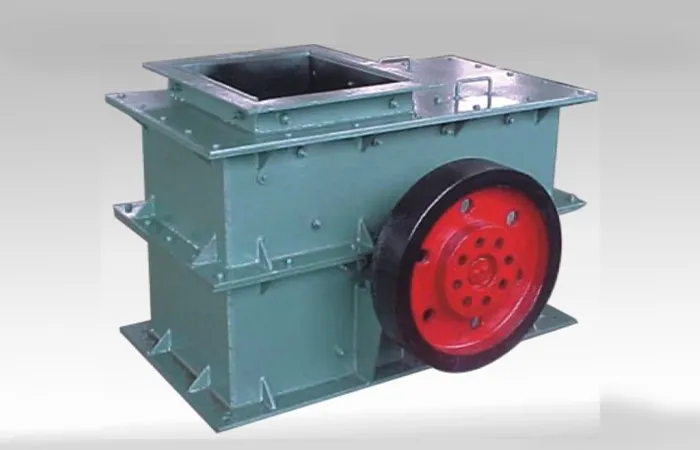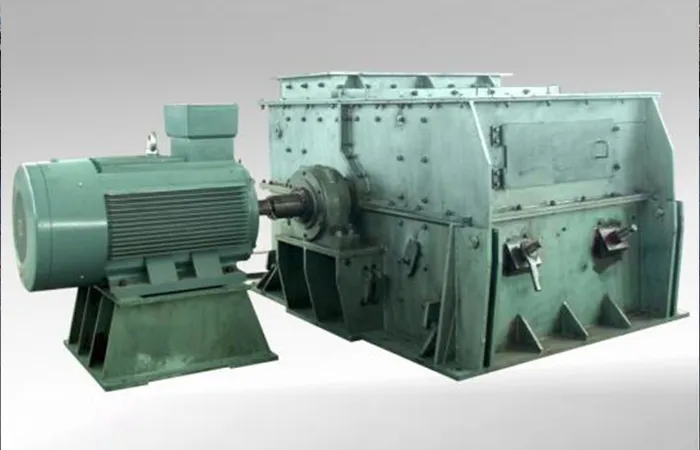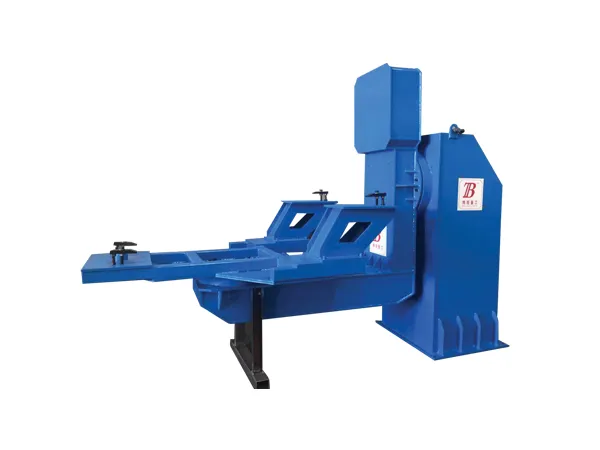Cribas vibratorias used in coal mines are crucial for the efficient separation and sizing of coal and other minerals. Los estándares para estas pantallas garantizan su rendimiento., seguridad, y confiabilidad en entornos mineros hostiles. Se aplican varios estándares y directrices según la región y la aplicación específica.. A continuación se detallan las normas y consideraciones clave para las cribas vibratorias en las minas de carbón..
Estándar de criba vibratoria para minas de carbón.

Estándares y directrices clave
YO ASI 17827 (Estándar internacional):
- Descripción: Proporciona directrices para la determinación de la distribución del tamaño de las partículas de carbón mediante tamizado..
- Aplicación: Relevante para el diseño y prueba de cribas vibratorias utilizadas para el dimensionamiento del carbón..
YO ASI 9001 (Gestión de Calidad):
- Descripción: Una norma general para los sistemas de gestión de la calidad., aplicable a fabricantes de cribas vibratorias.
- Aplicación: Garantiza que los procesos de diseño y producción cumplan con los estándares de calidad., lo que lleva a equipos de detección fiables y eficaces.
ASME (Sociedad Estadounidense de Ingenieros Mecánicos):
- Descripción: Proporciona varios códigos y estándares relacionados con equipos mecánicos., incluidos aquellos que podrían aplicarse a cribas vibratorias.
- Aplicación: Garantiza que la construcción y operación de cribas vibratorias cumplan con los requisitos de seguridad y rendimiento..
OBJETIVO (Instituto Americano de Minería, Metalúrgico, e ingenieros petroleros) Estándares:
- Descripción: Incluye directrices específicas para equipos de minería., que pueden cubrir aspectos relacionados con las cribas vibratorias.
- Aplicación: Garantiza que los equipos utilizados en las operaciones mineras, incluyendo cribas vibratorias, es adecuado para las condiciones exigentes.
API (Instituto Americano del Petróleo):
- Descripción: Proporciona estándares para equipos utilizados en las industrias del petróleo y el gas natural., que puede incluir equipo de detección.
- Aplicación: Garantiza que las cribas vibratorias cumplan con los estándares de rendimiento y seguridad en aplicaciones relacionadas..
Consideraciones de diseño

Material y construcción de la pantalla:
Material: Las cribas vibratorias generalmente se construyen con acero de alta resistencia u otros materiales duraderos para resistir la naturaleza abrasiva del carbón y otros materiales extraídos..
…
Puede encontrar información más detallada sobre el estándar de criba vibratoria para minas de carbón en: https://www.hsd-industry.com/news/vibrating-screen-standard-for-coal-mines/




